4 Reasons I Chose All-Terrain Tires over Mud-Terrain originally appeared on Autoblog.
Let me give you a hand
When I took in my Uncle’s 2006 Jeep Wrangler TJ two years ago, the first thing he told me was that it wouldn’t need tires for a while, because he’d just replaced them. Since he bought it nearly 15 years ago, he’d lifted it by four inches and fitted it with 35-inch tires on 15-inch wheels, swearing by BFGoodrich KO2 All-Terrain (AT) tires. In his hometown of Moab, Utah, the KO2s had performed beautifully on the most challenging of trails–including Hell’s Revenge and Fins n’ Things–without breaking a sweat. Before selling it to me, he’d gone through two sets of them.

There was one major problem with his claim: looking at the manufacturer date, the KO2s on my Jeep were from 2011. They had plenty of tread left, but they were rock hard, and cracks were forming in between the tread blocks. Years of sitting in the desert sun (and age) had taken their toll. Even on their last legs, the KO2s kept the Jeep steady; it was still comfortable to ride in, and they handled themselves well off-road. But I knew the ol’ girl was ready for a new pair of shoes. So, I found myself wondering: should I stick with the versatile KO2s, or should I switch to a more expensive and aggressive mud-terrain tire (MT), like the KM3s? The amount of information was borderline overwhelming, so if you’re stuck between the two, here are 5 reasons I decided to stick with the KO2s.
1. The tread on all-terrain tires lasts much longer
If you look at a typical MT next to an AT tire, the first thing you’ll notice is the difference in tread patterns. All-terrain tires, like the KO2s, have smaller tread blocks that are closer together, whereas MT tires have large, flexible, and tall tread blocks that are widely spread apart. This is so the blocks can essentially fling mud away from the center of the tire, preventing mud from collecting and making the tire slick (hence the nickname ‘mud slingers’). The tread is softer, too, so they can flex and bend when the tire is deflated, creating a larger footprint in deep mud.
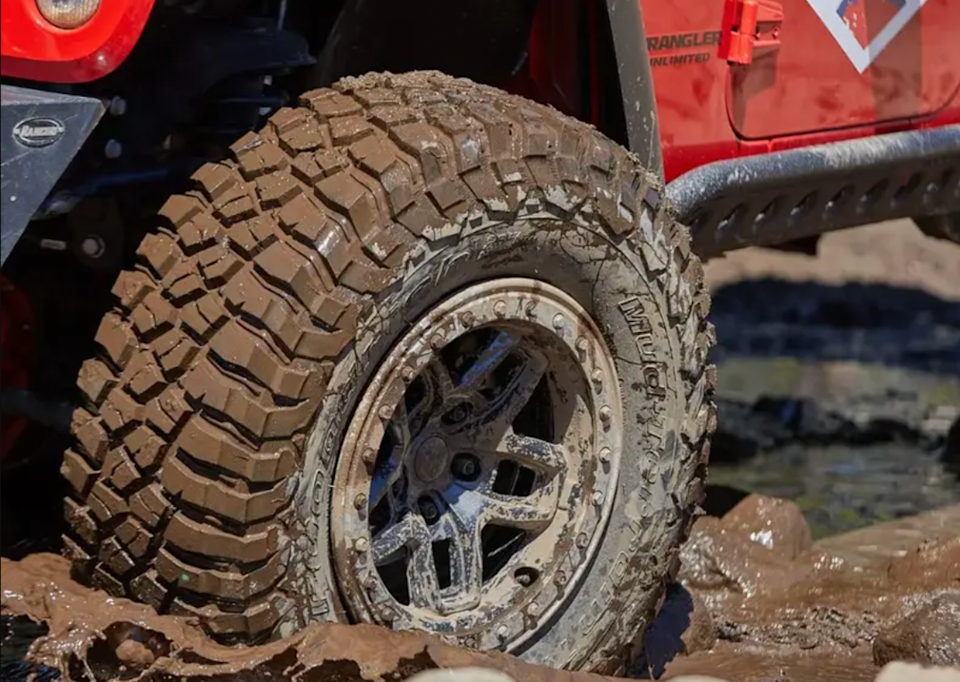
All of that means it’s excellent in deep mud or even rock crawling; all of those features mean the tread won’t last nearly as long. According to Tire Rack, AT tires usually last between 40,000 to 60,000 miles, while MT tires last between 20,000 and 40,000 miles (depending on a variety of factors, of course–these are just averages). If they’re on a rig that’s driven every day, or if you have to travel fairly far before you reach the trail, they can wear even faster.
It’s the same logic as not using a dedicated winter tire all year. The tread is soft, and if you use them for everyday highway driving or during hot weather, the soft rubber will wear dramatically faster than an all-season or all-weather tire that utilizes a tougher rubber blend. All-terrain tires are designed for everyday driving, and while AT tires are a tad noisier than a touring all-season or all-weather tire, they’re designed to be suitable for daily driving–and thus, have longer-lasting tread. This was attractive to me because I’m moving to an area where I’ll have to drive three or more hours to go off-road, and it means I won’t have to drop another $1,500 on tires as quickly. Plus, AT tires tend to earn better mileage.
2. Road noise is dramatically less with AT tires
As I mentioned before, I’m moving to an area where I’ll have to drive fairly far to enjoy an off-road trail. Because I enjoy my hearing, road noise was an important factor to me. A MT’s large, flexible, and wide tread blocks are wonderful off-road, but that formula makes them incredibly loud on pavement–especially on the highway. Mud-terrain tires tend to “hum” due to the spacing between the tread blocks, which, unless you have a beefed-up stereo and speaker system, can be enough to drive you crazy if you’re like me and sensitive to excessive noise. The tread on MT tires has a higher tendency to cause a rig to wander or feel less stable on a paved surface, too, which can worsen the faster you drive.
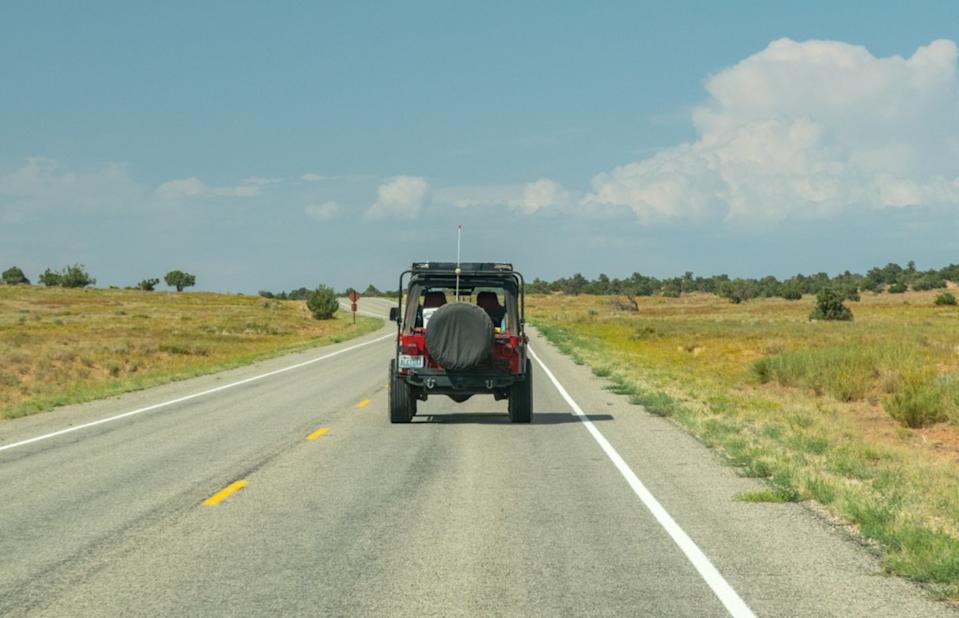
The tighter, smaller tread blocks on AT tires aren’t as flexible or soft, making them quieter on pavement, at any speed, but especially at highway speeds. I noticed a huge difference in road noise once I swapped the KO2s from 2011 with a new set. Before I’m flayed, yes, I know they’re so quiet because they’re new, and the old set was so loud because the tread was worn and hard–and they’ll get louder as they wear–but I was impressed by how quiet they were while my husband and I broke in the new set on our favorite forest service trail
3. All-terrain tires are better in snow and rain
To date, there isn’t an MT that’s earned a 3PMSF rating. This isn’t a big deal if you don’t plan on hitting a trail during the snowy season or driving it anywhere in the winter, but I live in Central Oregon, which experiences snowy and icy winters. We both have Subarus that have a set of dedicated winter tires on separate sets of wheels for the winter, so I don’t need snow-rated tires for the Jeep, but I like that they can handle snow just in case. Even if we’re not driving on a trail that has some snow on it (since some trails still have patches of ice and snow even in May or June), I like knowing that if we had to move the Jeep or drive it in the event of an emergency, it would be able to handle it. My Uncle’s done a lot of road trips through the Colorado Rockies in the Jeep before I bought it, and he’s thanked the Driving Gods several times when a surprise snowstorm rolled through.
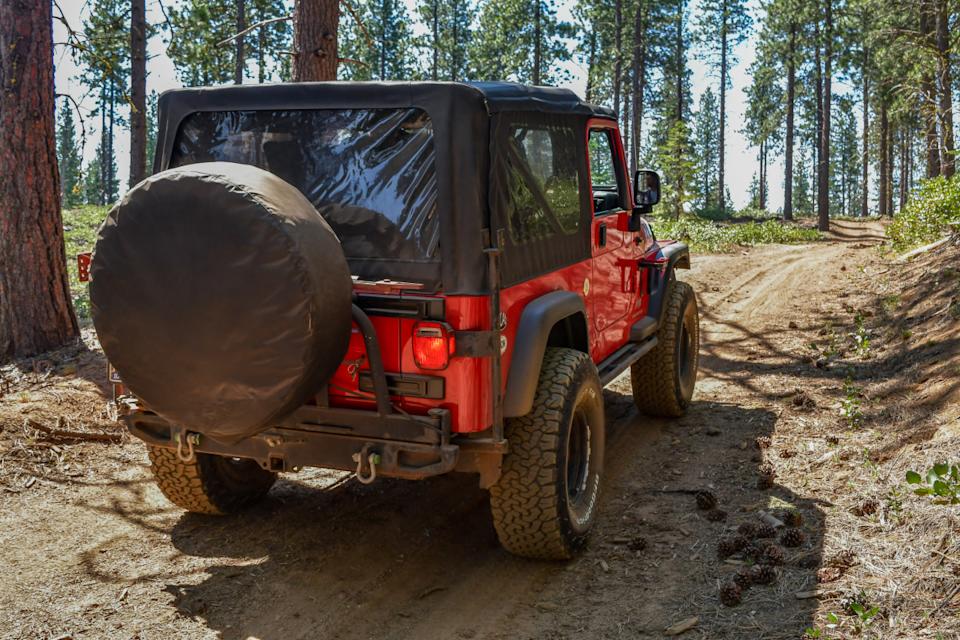
It’s not just snow, either. All-terrain tires are proven to perform better than MTs on wet surfaces, too. Since the mountains don’t adhere to forecasts and the weather can change on a whim, I felt much more confident taking my Jeep on longer drives to more places, knowing the tires can handle rain and snow better than an MT tire. That’s thanks to siping in the tread, which are thin slits and channels between the tread blocks to help enhance grip and promote water evacuation. Mud terrain tires, even though they’re made to fling mud, don’t tend to channel water as well. Instead, they can trap water on wet pavement, which heightens the risk of hydroplaning. Since I have two toddlers who love riding in the LJ to think about, wet performance was a big deal for me.
4. Off-road performance isn’t that much worse
Yes, it’s generally accepted that MT tires are exceptional off-road, thanks to reinforced sidewalls and the large, flexible chunks of tread. When it comes to rock crawling, an aired-down MT tire is tough to beat–even for an AT tire as tough as the KO2 tire. The grip that comes from the softer tread enhances traction on rocks. All-terrains still perform exceptionally well for rock crawling, but they require a little more effort on the driver’s part and are more susceptible to damage or slipping since the rubber is harder. I’m not planning on tackling the Jeep on the Rubicon anytime soon (at least not without some practice first), so I don’t need a tire that aggressive when it comes to rock crawling, especially since Central Oregon doesn’t have much rock crawling.
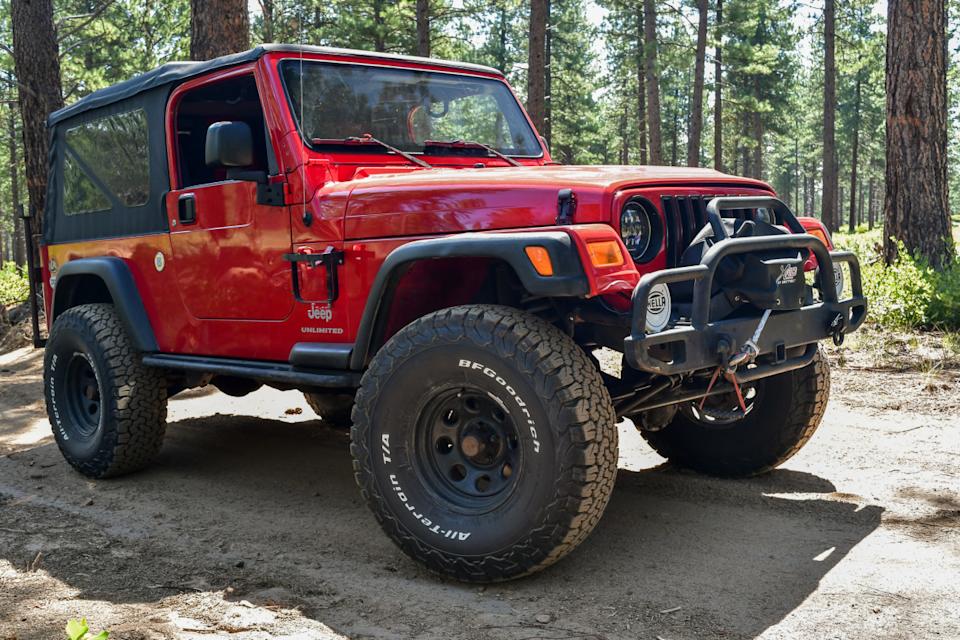
Instead, Central Oregon has trails that often have dust, dirt, washed-out sections or trail, and uneven surfaces. Several trails warn against water crossing during the rainy season, with the occasional patch of snow that refuses to melt because it’s hidden under the forest canopy. I’ve been on several trails with inclines and declines on rocky, gravely, or dusty surfaces–all conditions that warrant an AT tire over an MT tire. An MT tire, on the other hand, can handle those conditions, but it would be a waste of its capabilities. They’re much more appropriate for trails in the Sierra Nevada mountains, which are laden with granite rocks and fallen trees.
Final thoughts
As I said in the beginning, both AT and MT tires are excellent choices for off-roading, but their strengths align with different styles of off-roading. If you’re an aggressive rock crawler who doesn’t mind road noise and has a truck to haul your rig to trails to combat faster tread wear, an MT tire would be an excellent choice. Especially if you don’t plan on driving in snow or rain. If you’re like me and enjoy a bit of rock crawling and overlanding, or have to travel further to trails and are sensitive to noise (and you’re on a budget), an AT tire might be a better bet. It all depends on your budget, off-roading style, how often and how far you’ll drive on them, and whether or not you’ll deal with snow or rain.
4 Reasons I Chose All-Terrain Tires over Mud-Terrain first appeared on Autoblog on Aug 15, 2025
This story was originally reported by Autoblog on Aug 15, 2025, where it first appeared.
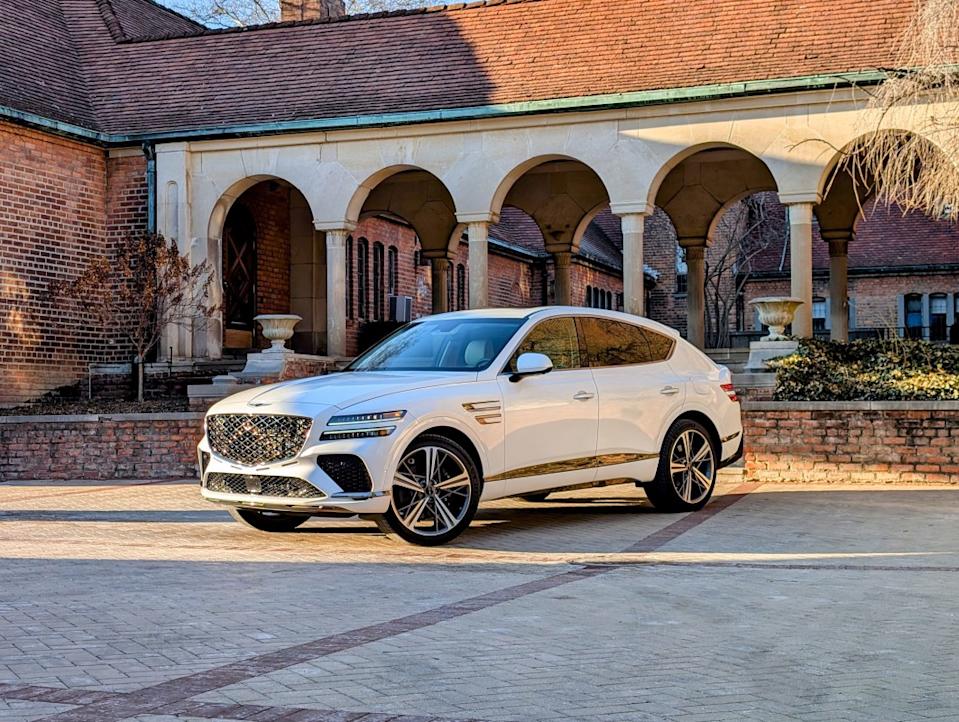

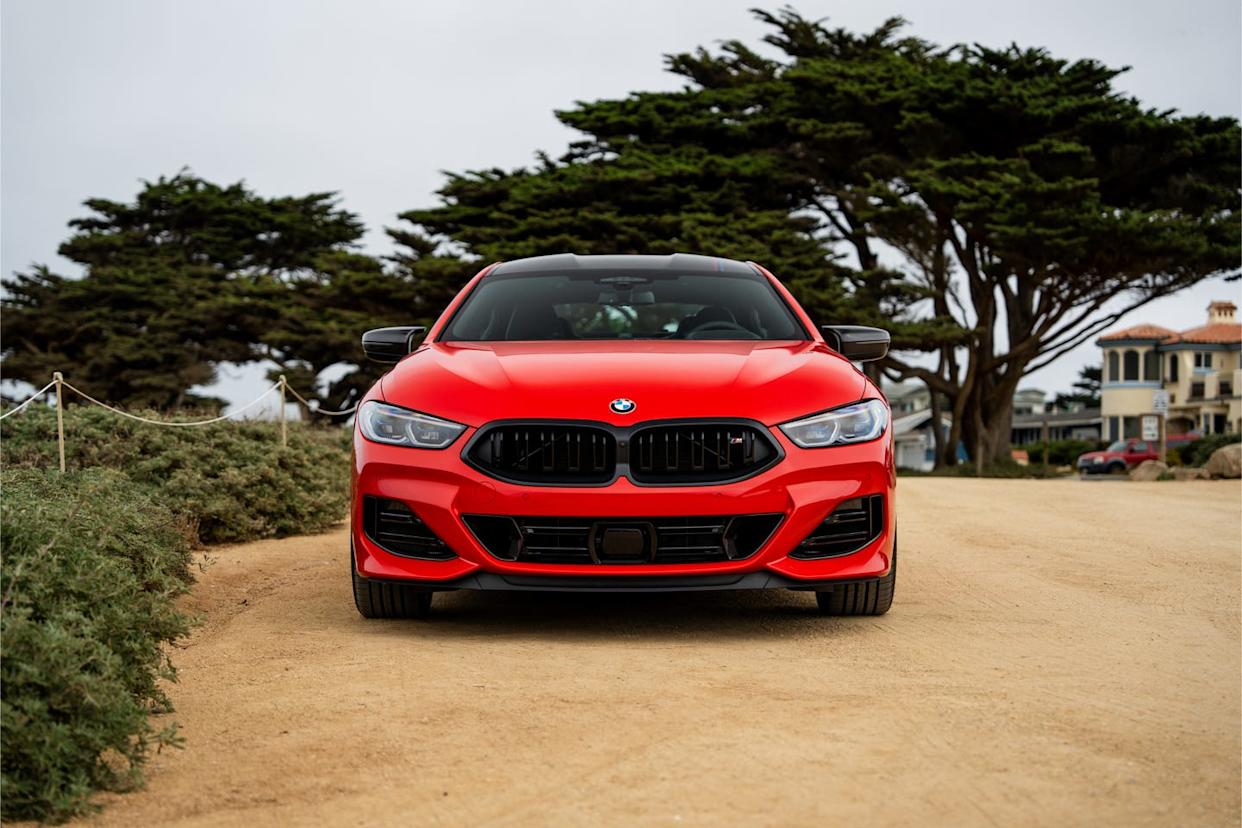
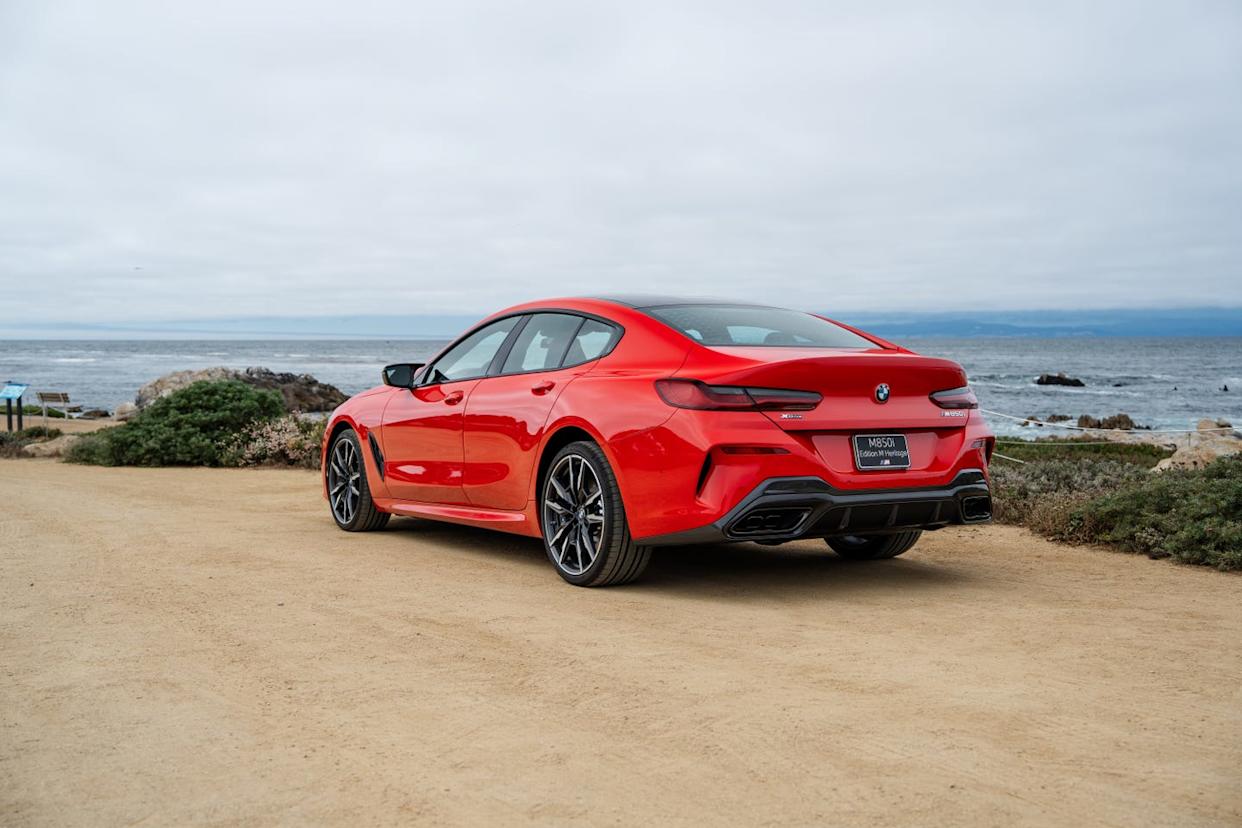
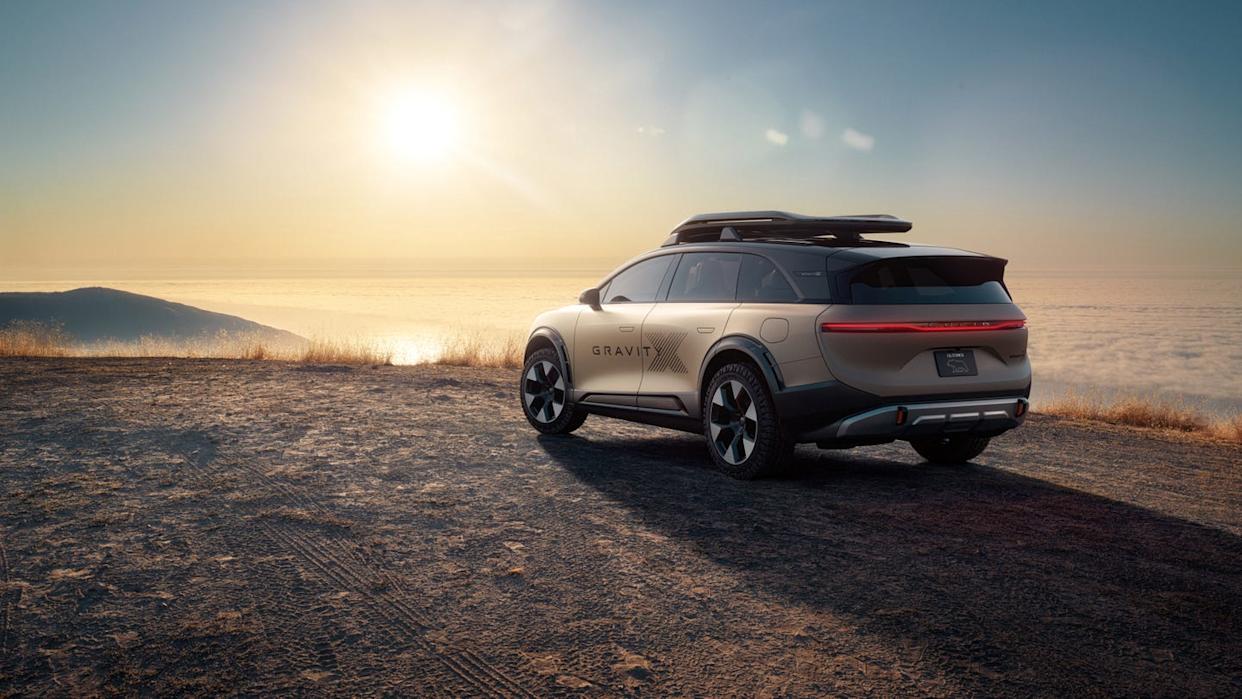
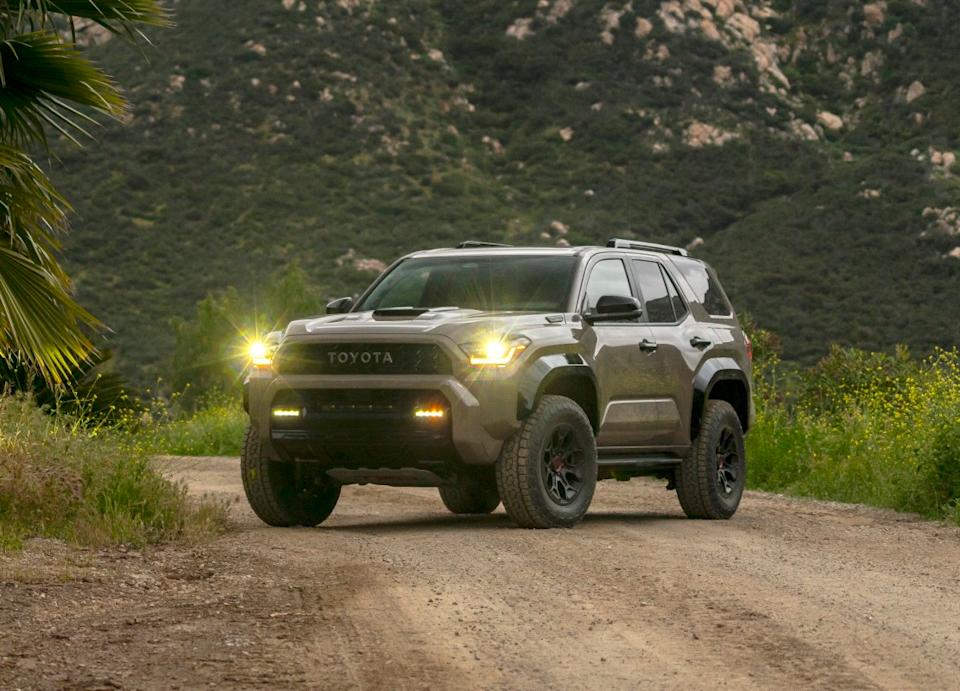
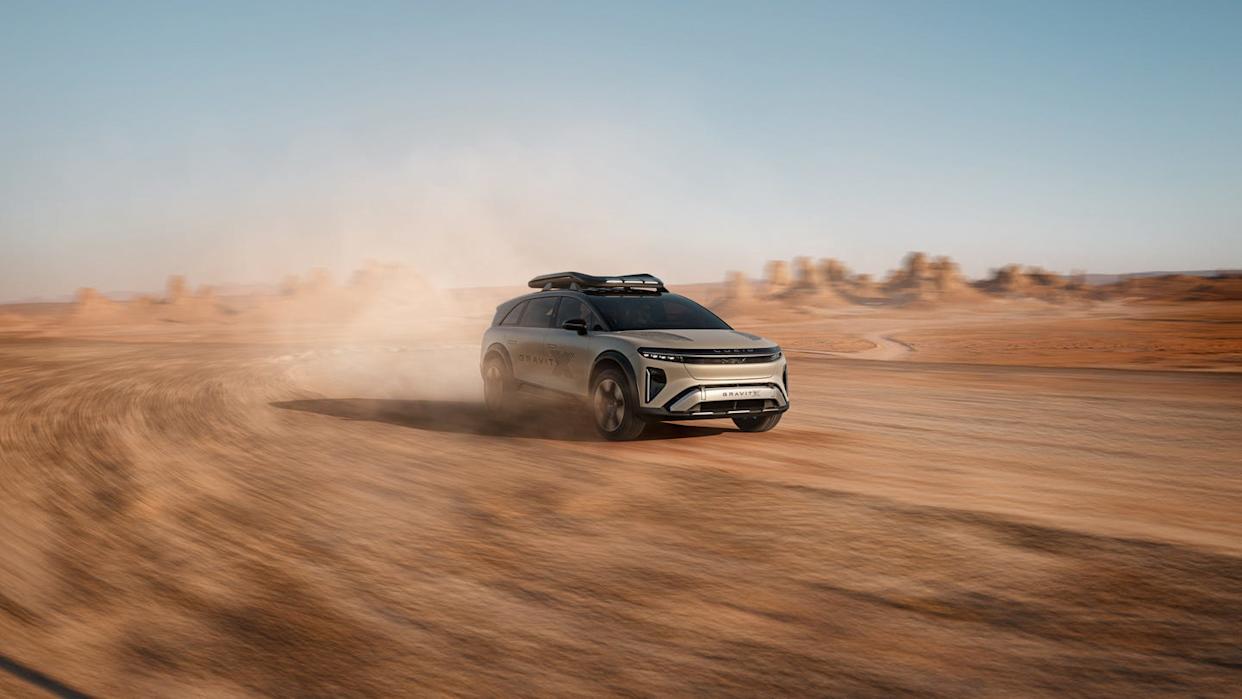
Comments